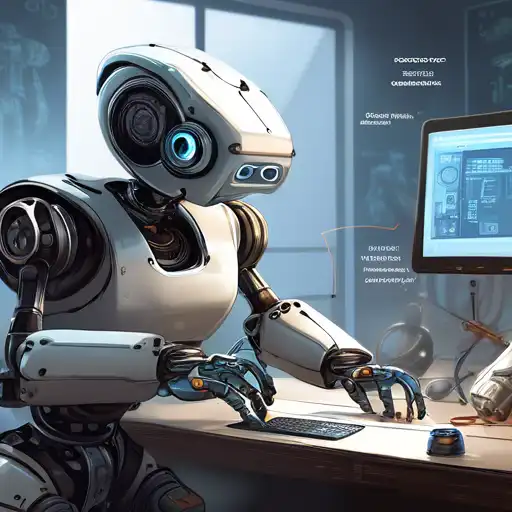Introduction to Robotics Programming
Robotics programming is an exciting field that combines the creativity of designing robots with the technical challenge of programming them to perform tasks. Whether you're a hobbyist looking to build your first robot or a professional aiming to enhance your skills, this guide will walk you through the basics of getting started with robotics programming.
Understanding the Basics
Before diving into robotics programming, it's essential to grasp the foundational concepts. Robotics involves the design, construction, operation, and use of robots. Programming these robots allows them to perform tasks autonomously or semi-autonomously. The key components include sensors, actuators, and a control system, all of which are programmed to work together seamlessly.
Choosing the Right Programming Language
Several programming languages are popular in robotics, each with its strengths. Python is renowned for its simplicity and readability, making it an excellent choice for beginners. C++ is favored for its performance and is widely used in industrial robotics. Other languages like Java and ROS (Robot Operating System) are also prevalent in the robotics community.
- Python: Best for beginners and rapid prototyping.
- C++: Ideal for performance-critical applications.
- Java: Offers portability across different platforms.
- ROS: A flexible framework for writing robot software.
Setting Up Your Development Environment
To start programming robots, you'll need a development environment. This includes a computer with the necessary software, such as an IDE (Integrated Development Environment) for your chosen programming language, and tools like Arduino IDE or Raspberry Pi for hardware programming. Additionally, simulators like Gazebo can be invaluable for testing your robots in virtual environments before physical deployment.
Building Your First Robot
Starting with a simple project is the best way to learn robotics programming. A line-following robot or a basic wheeled robot can be great first projects. These projects introduce you to fundamental concepts like sensor input, motor control, and basic algorithms. As you gain confidence, you can move on to more complex projects involving AI and machine learning.
Resources and Communities
The robotics community is vast and supportive. Online forums, tutorials, and open-source projects can provide valuable learning resources and inspiration. Websites like Robotics.org and communities on GitHub offer a wealth of information for both beginners and experienced programmers.
Conclusion
Robotics programming is a rewarding field that offers endless possibilities for innovation and creativity. By starting with the basics, choosing the right tools, and engaging with the community, you can embark on a successful journey in robotics programming. Remember, the key to mastery is practice and continuous learning.
